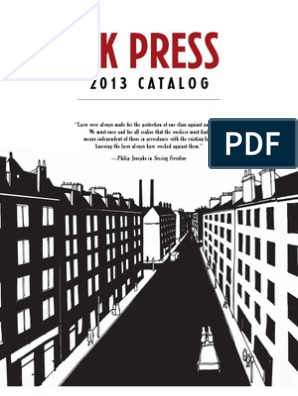0% found this document useful (0 votes)
31 views6 pagesMUGHALl INDIA001
The document discusses the significant political, cultural, and economic impacts of the Mughal Empire on India from 1526 to 1857, highlighting the spread of Islam and the integration of Islamic and Hindu cultures. It details the transformation of Indian society, language, art, and trade due to Mughal influence, as well as the establishment of a centralized governance system that altered the traditional caste structure. The enduring effects of this Islamic contact continue to shape modern Indian culture and society.
Uploaded by
Mike MimiCopyright
© © All Rights Reserved
We take content rights seriously. If you suspect this is your content, claim it here.
Available Formats
Download as DOC, PDF, TXT or read online on Scribd
0% found this document useful (0 votes)
31 views6 pagesMUGHALl INDIA001
The document discusses the significant political, cultural, and economic impacts of the Mughal Empire on India from 1526 to 1857, highlighting the spread of Islam and the integration of Islamic and Hindu cultures. It details the transformation of Indian society, language, art, and trade due to Mughal influence, as well as the establishment of a centralized governance system that altered the traditional caste structure. The enduring effects of this Islamic contact continue to shape modern Indian culture and society.
Uploaded by
Mike MimiCopyright
© © All Rights Reserved
We take content rights seriously. If you suspect this is your content, claim it here.
Available Formats
Download as DOC, PDF, TXT or read online on Scribd
/ 6
























































































